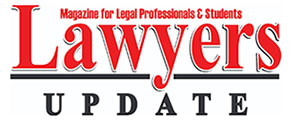Decide whether it’s worth giving the facts and history of the case.
You have a limited time for argument, and don’t want to waste a minute of it. If you’re the appellant before a court that you believe may not have pored over your brief or a court that assigns the opinion before argument (so that two of the three-judge panel may not have prepared as intensively as you would like), it may be worth your time to state the facts and history of the case, including, of course, the precise holding of the court below. In an argument before a federal court of appeals, that would ordinarily be a waste of time: assume a basic knowledge of the facts and history, and proceed directly to your points of law. In your legal argument, of course, you can and should mention the specific facts that militate in favor of the outcome you’re advocating.
If you’re the appellee, and the appellant has already gone into the facts and history, never repeat them. Address only those points you wish to contest rather than burying them in a rehash of the whole story. This advice differs from what we recommend for the statement of facts in appellate’ briefs (see P: 96) because (1) oral-argument time is more precious than briefing space, and (2) if you have followed our advice, the court will have had the opportunity to read your “take” on the facts in your brief. If the appellant has fully stated the facts in oral argument, you might say: “Our description of the salient facts is of course quite different from what you have heard today from the appellant. But for that I will rest on our brief except for making the following corrections to the appellant’s statement ….”If the appellant has not set forth the facts and history, you can usually omit them as well; any elements central to your case can be brought forth in your substantive argument.




